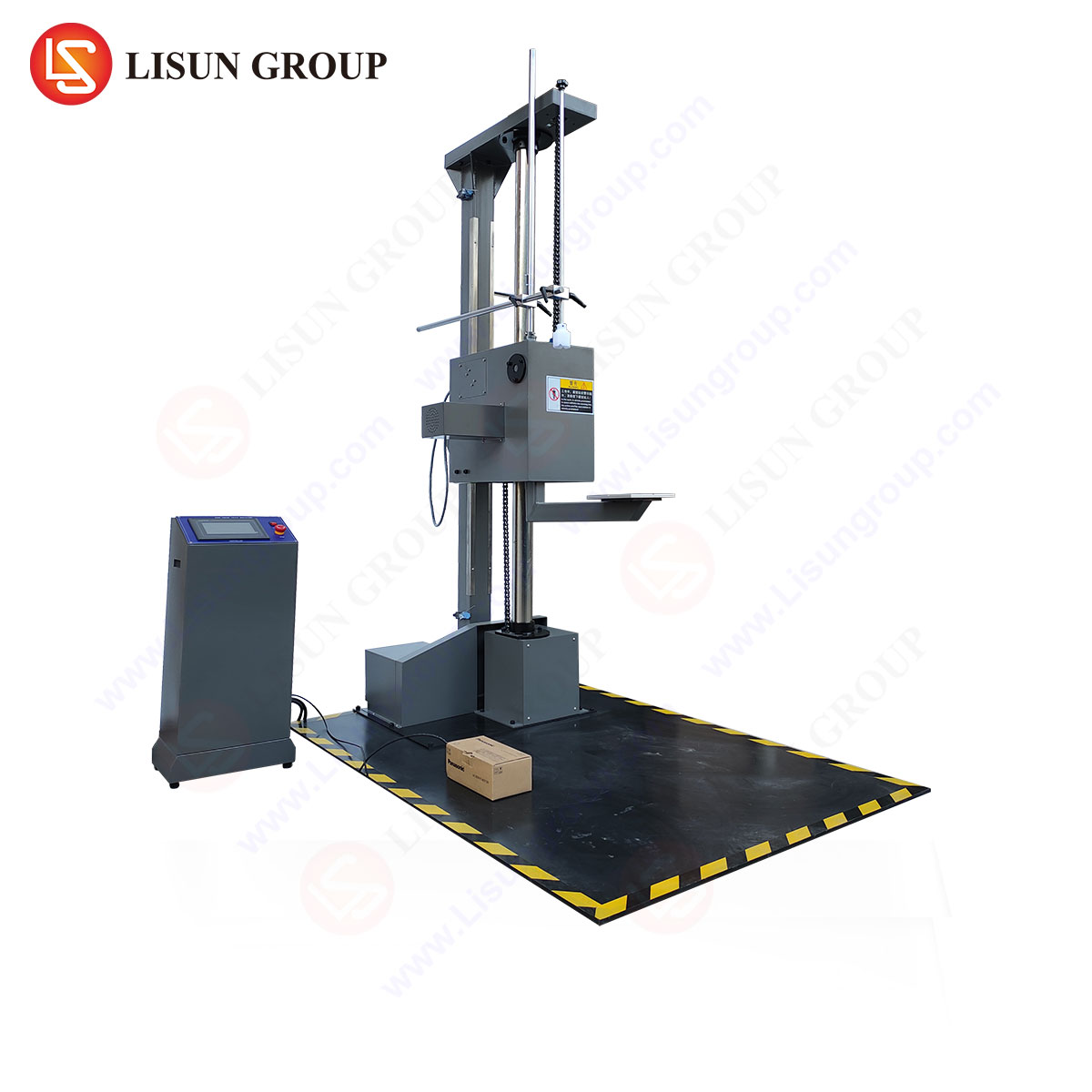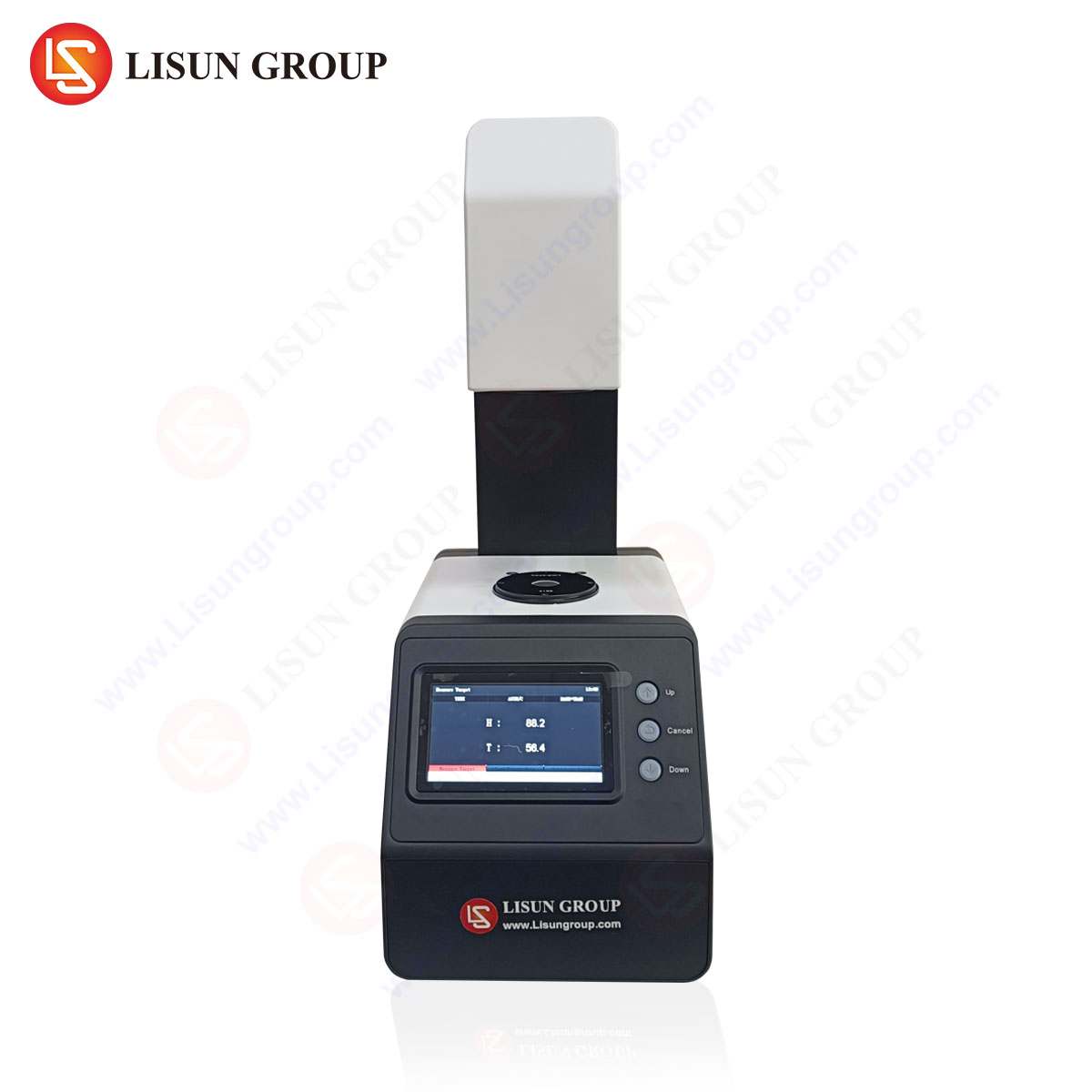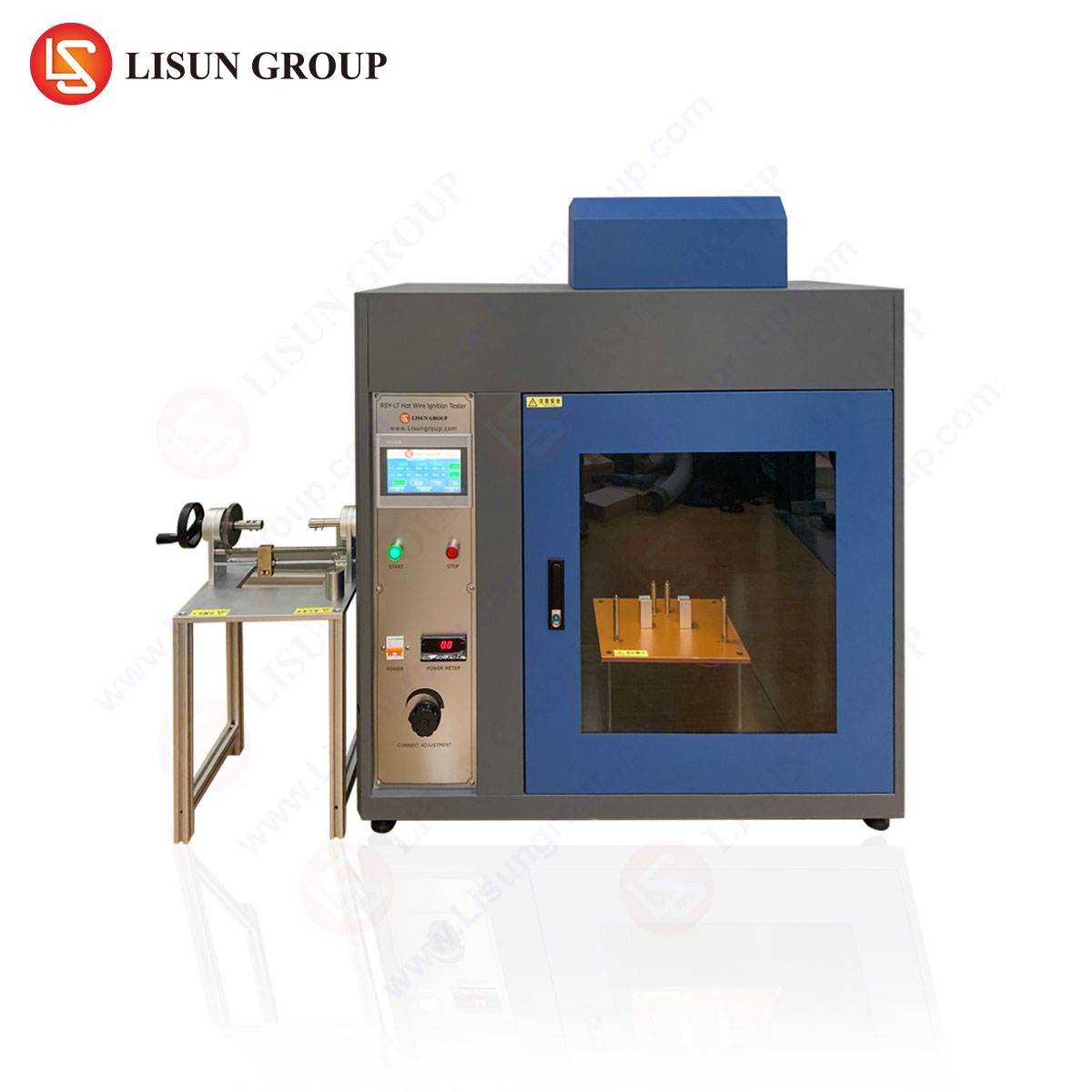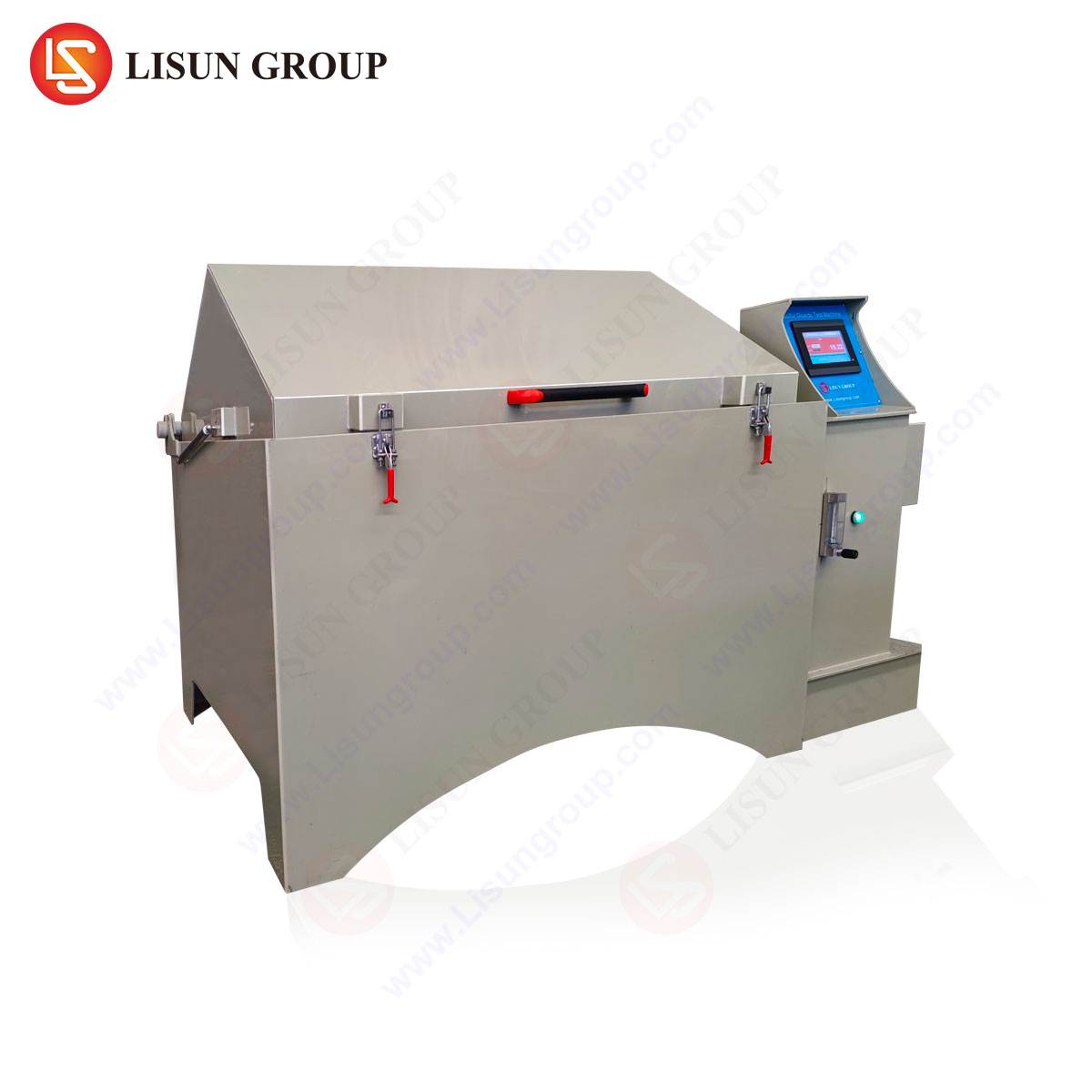An Analytical Framework for Material Clarity and Diffusion
Haze measurement represents a fundamental metrological discipline within industrial and materials science, quantifying the optical characteristics of transparent and translucent materials. It provides a critical, standardized metric for evaluating the clarity of plastics, glasses, coatings, and films, which is paramount for both functional performance and aesthetic quality. In essence, haze quantifies the percentage of transmitted light that deviates from the incident beam by more than a specified angle, typically 2.5 degrees, due to forward scattering within a material or at its surfaces. A material with zero percent haze is perceived as perfectly clear, while high haze values indicate a milky or cloudy appearance caused by light scattering from internal imperfections, surface roughness, or embedded particulates.
The scientific and industrial imperative for precise haze measurement extends far beyond subjective visual inspection. It is a quantifiable parameter that correlates directly with material homogeneity, processing quality, and end-product performance. For industries ranging from automotive electronics to medical devices, controlling haze is not merely an aesthetic concern but a stringent functional requirement. It impacts light transmission efficiency in displays, the legibility of indicator lenses, the performance of optical sensors, and the perceived quality of consumer goods. Consequently, haze measurement has evolved from a laboratory curiosity to an integral component of quality assurance protocols, supported by international standards such as ASTM D1003 and ISO 14782.
The Fundamental Physics of Light Scatter and Transmission
To comprehend haze measurement, one must first understand the behavior of light as it interacts with a non-ideal, transparent specimen. When a collimated light beam strikes a material, several optical phenomena occur. A portion of the light is reflected at the air-material interface, another portion is absorbed by the material, and the remainder is transmitted. Within the transmitted component, two distinct fractions exist: the specular (or direct) transmission and the diffuse transmission.
Specular transmission consists of light rays that pass through the material without significant deviation from their original path. Diffuse transmission, conversely, comprises rays that have been scattered by the material’s internal microstructure—such as crystallites, density variations, filler particles, or micro-voids—or by surface irregularities. Haze is specifically defined as the percentage of the total transmitted light flux that is subjected to forward scattering, deviating from the incident beam by more than the standard angle of 2.5°.
The mathematical expression for percent haze (H) is given by:
H = [ T_d / ( T_t ) ] × 100%
Where:
- T_d is the diffuse transmitted light, measured with the specular component excluded.
- T_t is the total transmitted light, measured with the specular component included.
This definition underscores that haze is a ratio, not an absolute measurement of scattered light, making it independent of the material’s overall transmittance. A material can have high total light transmittance yet also high haze, a common characteristic of translucent diffuser panels used in lighting fixtures.
Instrumentation and Methodologies in Modern Haze Metrology
The cornerstone of standardized haze measurement is the integrating sphere photometer, an instrument designed to collect and measure light flux with high accuracy. The operational principle involves an illuminated specimen placed at the entrance port of a sphere coated with a highly reflective, diffuse material such as barium sulfate or polytetrafluoroethylene (PTFE). A light trap is positioned opposite the specimen port to capture the specularly transmitted beam when diffuse transmission is being measured.
A modern haze meter, like the LISUN HM-100 Haze Meter/Turbidity Meter, automates this process with a high degree of precision and repeatability. The testing sequence is methodical. First, the instrument performs a calibration to establish a baseline with no specimen present. The total transmitted light (T_t) is measured with the light trap removed from the sphere, allowing the specular beam to contribute to the sphere’s illumination. Subsequently, the diffuse transmitted light (T_d) is measured with the light trap engaged, which absorbs the specular beam, leaving only the scattered light to illuminate the sphere. The instrument’s onboard processor then calculates the haze percentage using the defined formula.
The LISUN HM-100 exemplifies this methodology, incorporating a high-stability silicon photodetector and a precision-machined integrating sphere to ensure measurement conformity with CIE (International Commission on Illumination) spectral response standards. Its ability to measure not only haze but also total transmittance and turbidity makes it a versatile tool for material analysis across disparate industries.
Critical Applications Across Technology and Manufacturing Sectors
The application of haze measurement is pervasive in sectors where material clarity dictates product function, safety, and market acceptance.
In Automotive Electronics and Aerospace and Aviation Components, haze is critical for cockpit interface elements. The polycarbonate and acrylic covers for instrument clusters, heads-up displays (HUDs), and touchscreen interfaces must exhibit minimal haze to ensure legibility under varying lighting conditions, including direct sunlight. Excessive haze can scatter ambient light, reducing contrast and potentially leading to pilot or driver error. Similarly, light guides and lenses for interior and exterior lighting require controlled haze to achieve uniform illumination without hot spots.
For Consumer Electronics, Office Equipment, and Lighting Fixtures, haze measurement is integral to quality control for displays, touch panels, and diffuser plates. The glass or polymer covers for smartphones, tablets, and monitors are manufactured to have extremely low haze to maximize image sharpness and color fidelity. Conversely, the backlight units in LCDs incorporate diffuser plates with specifically engineered haze levels to scatter light evenly across the screen. The LISUN HM-100 provides the necessary resolution to distinguish between these high-clarity and engineered-diffusion applications.
In the realm of Medical Devices, clarity is often synonymous with sterility and integrity. Transparent polymer components used in fluidic pathways, diagnostic cuvettes, and inspection windows must be free from cloudiness that could indicate material degradation, contamination, or improper molding. High haze in a surgical tool’s clear housing might obscure the view of internal components, while in an in-vitro diagnostic device, it could interfere with optical sensing systems.
The Electrical and Electronic Equipment and Electrical Components sectors utilize haze measurement for insulating films, conformal coatings, and encapsulants. For instance, a clear conformal coating on a printed circuit board (PCB) must not obscure the visibility of component labels, solder joints, or trace pathways for post-assembly inspection. High haze in a potting compound used for an industrial control system could hinder visual fault diagnosis.
Even Cable and Wiring Systems employ transparent or semi-transparent jacketing materials where haze can be an indicator of material purity or the degree of plasticizer dispersion, which can affect long-term mechanical and chemical stability.
The LISUN HM-100: A Technical Synopsis for Industrial Quality Assurance
The LISUN HM-100 Haze Meter/Turbidity Meter is engineered to meet the rigorous demands of these diverse industries. Its design prioritizes measurement stability, user-centric operation, and adherence to international standards, making it suitable for both laboratory research and high-throughput production environments.
Key Specifications:
- Compliance: Conforms to ASTM D1003 (Standard Test Method for Haze and Luminous Transmittance of Transparent Plastics) and ISO 14782.
- Measurement Parameters: Capable of measuring Haze (%), Total Transmittance (%), and Turbidity.
- Light Source: A stable, long-life LED with a CIE standard Illuminant C spectral distribution.
- Detector: A high-sensitivity silicon photoelectric cell, filtered to match the CIE standard observer spectral response.
- Measurement Port: Accommodates planar samples with a thickness of up to 40mm.
- Repeatability: Haze ≤ 0.1% for haze values <1.0%; ≤ 0.2% for haze values ≥1.0%. Transmittance ≤ 0.5%.
- Features: Often includes a large LCD interface, calibration stability checks, and robust data management capabilities.
Competitive Advantages:
The HM-100’s primary advantage lies in its integrated design that minimizes stray light within the optical path, a common source of error in inferior instruments. This ensures high accuracy even at very low haze levels, which is critical for evaluating high-clarity materials like optical-grade polycarbonate or cover glass. Its dual functionality as a haze and turbidity meter extends its utility to liquid sample analysis, relevant for checking the clarity of cleaning solvents or lubricants used in manufacturing processes. The instrument’s robust construction and simplified calibration procedure enhance its reliability and reduce operational downtime on the factory floor, providing a low total cost of ownership.
Adherence to International Standards and Calibration Protocols
The validity of any haze measurement is contingent upon strict adherence to standardized test methods. ASTM D1003 and ISO 14782 provide the definitive frameworks for specimen preparation, instrument calibration, and the procedural sequence for measurement. These standards specify critical parameters such as light source characteristics, detector spectral response, integrating sphere geometry, and the definition of the 2.5° deviation angle.
Regular calibration of the haze meter against certified reference standards is non-negotiable for maintaining traceability and measurement integrity. These standards, typically made of polished glass for 0% haze reference and hazed plastic plaques with certified values, are used to verify the instrument’s accuracy across its measurement range. The LISUN HM-100 is designed to facilitate such calibration checks, ensuring that its measurements remain defensible in quality audits and compliant with industry-specific regulatory requirements.
Frequently Asked Questions (FAQ)
Q1: How does the LISUN HM-100 handle the measurement of slightly curved or flexible films, which are common in cable jacketing and flexible displays?
The HM-100 requires specimens to be flat and planar at the measurement port to prevent gaps that would allow light to leak into the integrating sphere without passing through the sample, which would cause significant measurement error. For flexible or curved materials, a dedicated fixture or holder must be used to flatten the area under test without scratching or stressing the specimen. Alternatively, a small, flat section should be cut for testing if product design allows.
Q2: Can haze measurement data from the HM-100 be used to infer information about surface quality versus bulk material quality?
While a single haze value represents the total effect, a trained analyst can infer the source of scattering. If surface scratches or roughness are the primary cause, the haze value can often be reduced by polishing the surface. If the haze is intrinsic to the bulk material—caused by inhomogeneities or crystallites—polishing will have a negligible effect. Some advanced testing protocols involve measuring haze before and after applying an index-matching fluid to the surfaces to isolate the bulk contribution.
Q3: In the context of telecommunications equipment, why is low haze important for certain optical components?
In fiber optic connectors and internal lenses within transceivers, low haze is critical to minimize signal loss. Light scattering at interfaces between connectors or within a collimating lens due to material haze results in attenuation of the optical signal. This can degrade bandwidth and increase the bit error rate, impacting the performance and reliability of the entire network system.
Q4: What is the practical difference between measuring haze and measuring turbidity with the HM-100, and when would each be used?
Haze is a property of solid materials, defined by the scattering of transmitted light. Turbidity is a corresponding property for liquids, quantifying the cloudiness caused by suspended particles. The HM-100 can measure both. Haze measurement is used for plastic films, glass panels, and molded parts. Turbidity measurement is applied to liquids such as cleaning solvents, chemical baths in PCB manufacturing, or hydraulic fluids in aerospace systems, where particulate contamination must be monitored.






